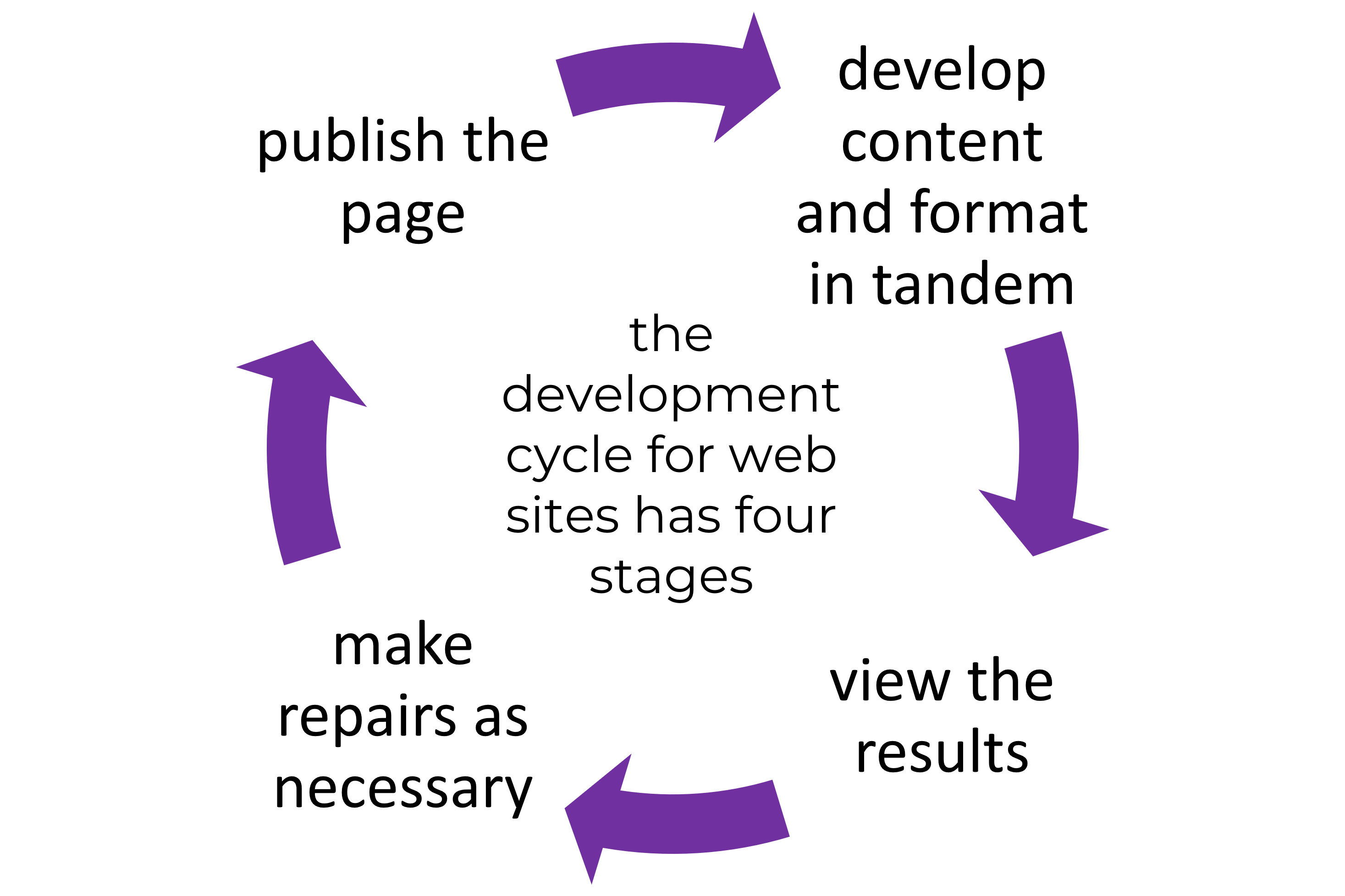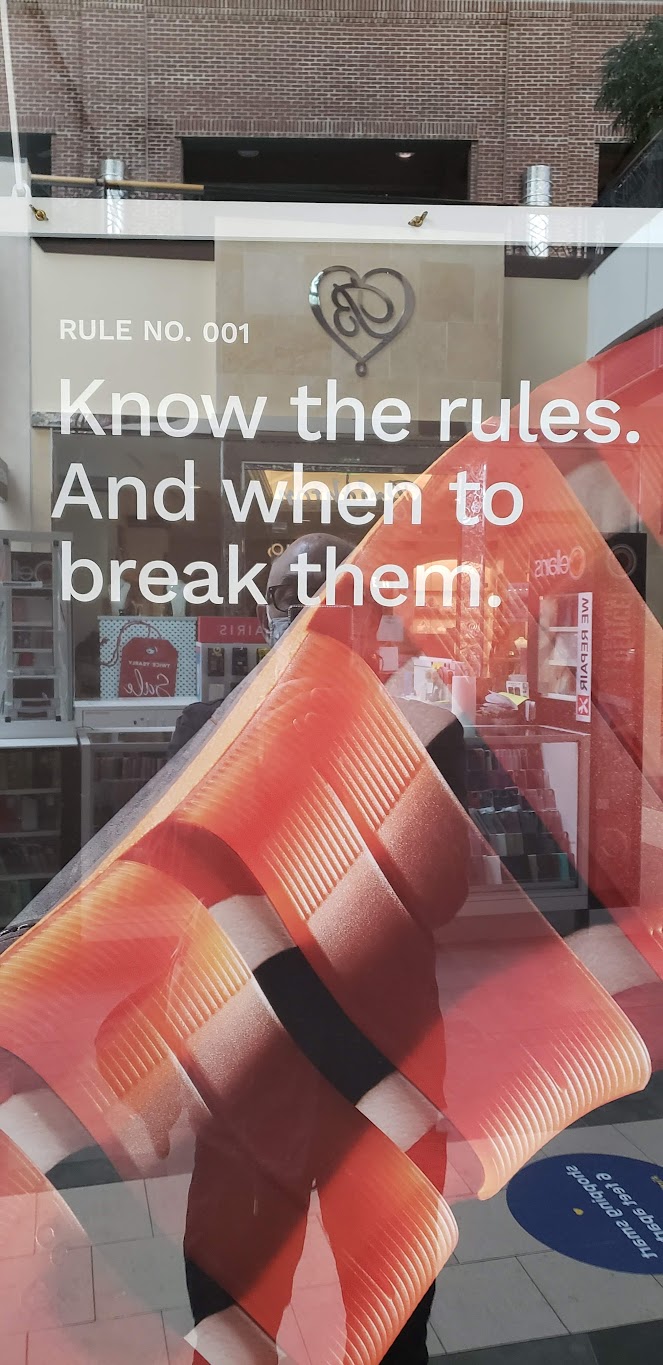
Tools for Information Literacy
Thinking about design
Remembering what we talked about earlier ... plan your website
Keep the users in mind as you design your site.
Ensure that the users are never confused about where they are in your site structure.
Ensure that your design speaks for you.
Take a few minutes and decide on a "theme" for the page(s) you are creating. Decide the structure of the site and what images you will need.
How to assist your users in finding their way
Wayfinding has four core components:
- Orientation: Where am I am right now?
- Route decisions: Can I find the way to where I want to go?
- Mental mapping: Are my experiences consistent and understandable enough to know where I've been and to predict where I should go next? Can I make a coherent mental map of the spaces I have seen, and use it to predict where to go next?
- Closure: Can I recognize that I have arrived in the right place?
And then, think about design in the larger sense, how good design helps us do what we need to do, and poor design hinders us.
Take a few minutes and decide on a "theme" for the page(s) you are creating.
You may be using a template, but be certain it represents who you are and what you want to say.
Remember, the development cycle for web sites has four stages:

- The first stage is to develop content and format in tandem
- The second stage is to view the results
- Third, to make repairs as necessary. At this time you will either return to the first step to add content, or go to the fourth step
- Fourth, publish the page
Key things to remember
- know your audience
- keep it simple
- be fast
- know the rules before you knowingly break them

Steps to think through
① Determine the purpose and the target audience
![[Foxtrot comic strip, 05 Feb 2006]](assets/images/foxtrot.webdesign.20060918.png)
② Determine the structure of the site by sketching the navigation structure
![[Foxtrot comic strip, 21 Sep 2006]](assets/images/foxtrot.webdesign.20060921.png)
③ Determine the content and navigation for each page
![[Foxtrot comic strip, 19 Sep 2006]](assets/images/foxtrot.webdesign.20060919.png)
④ Determine the design of the page
![[Foxtrot comic strip, 22 Sep 2006]](assets/images/foxtrot.webdesign.20060922.png)